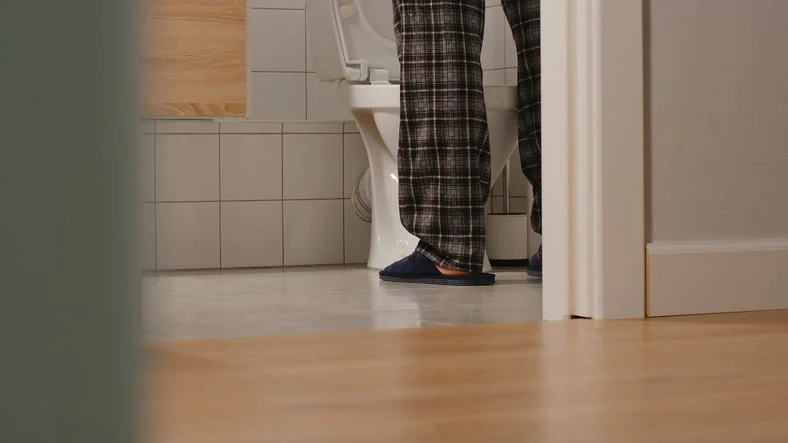A weak urine stream is a common but often overlooked symptom in men, particularly as they age. While several factors can contribute to this condition, one of the most common causes is an enlarged prostate, medically known as Benign Prostatic Hyperplasia (BPH).
What Is an Enlarged Prostate?
The prostate is a small, walnut-sized gland that plays a crucial role in male reproductive health. It is located below the bladder and surrounds the urethra, the tube that carries urine out of the body. As men age, the prostate gland can gradually enlarge, pressing against the urethra and leading to urinary difficulties.
Signs and Symptoms of BPH
While a weak urine stream is a key indicator of an enlarged prostate, other symptoms may also accompany it, including:
- Frequent urination, especially at night (nocturia)
- Difficulty starting urination (hesitancy)
- Dribbling at the end of urination
- Feeling of incomplete bladder emptying
- Sudden urgency to urinate
- Straining while urinating
Why Does an Enlarged Prostate Affect Urine Flow?
As the prostate gland enlarges, it compresses the urethra, narrowing its passage. This obstruction reduces the force of urine flow, making it difficult to start and maintain a steady stream. Over time, this can lead to complications such as bladder infections, kidney issues, and urinary retention if left untreated.
Risk Factors for BPH
Several factors can increase the likelihood of developing an enlarged prostate:
- Aging – The risk increases significantly after the age of 50.
- Family history – Genetics can play a role in prostate enlargement.
- Hormonal changes – Shifts in testosterone levels contribute to prostate growth.
- Lifestyle factors – Obesity, lack of physical activity, and poor diet may increase risk.
Diagnosis and Treatment Options
If you are experiencing a weak urine stream or other urinary symptoms, it is essential to consult a healthcare professional. A doctor may perform the following tests:
- Digital Rectal Exam (DRE) – To check the size of the prostate.
- Urine Flow Test – To measure the strength and volume of urine stream.
- Prostate-Specific Antigen (PSA) Test – To rule out prostate cancer.
- Ultrasound or MRI – For detailed imaging of the prostate.
Treatment Options
- Lifestyle Changes: Reducing caffeine and alcohol intake, managing weight, and exercising regularly can improve symptoms.
- Medications: Alpha-blockers and 5-alpha reductase inhibitors help relax prostate muscles and shrink the gland.
- Minimally Invasive Procedures: Techniques like UroLift and laser therapy can relieve urethral pressure.
- Surgery: In severe cases, Transurethral Resection of the Prostate (TURP) may be required to remove excess prostate tissue.
Conclusion
A weak urine stream may seem like a minor inconvenience, but it could indicate an underlying prostate condition such as BPH. Early detection and management can prevent complications and improve quality of life. If you experience persistent urinary issues, don’t ignore them—consult a doctor for proper evaluation and treatment.

